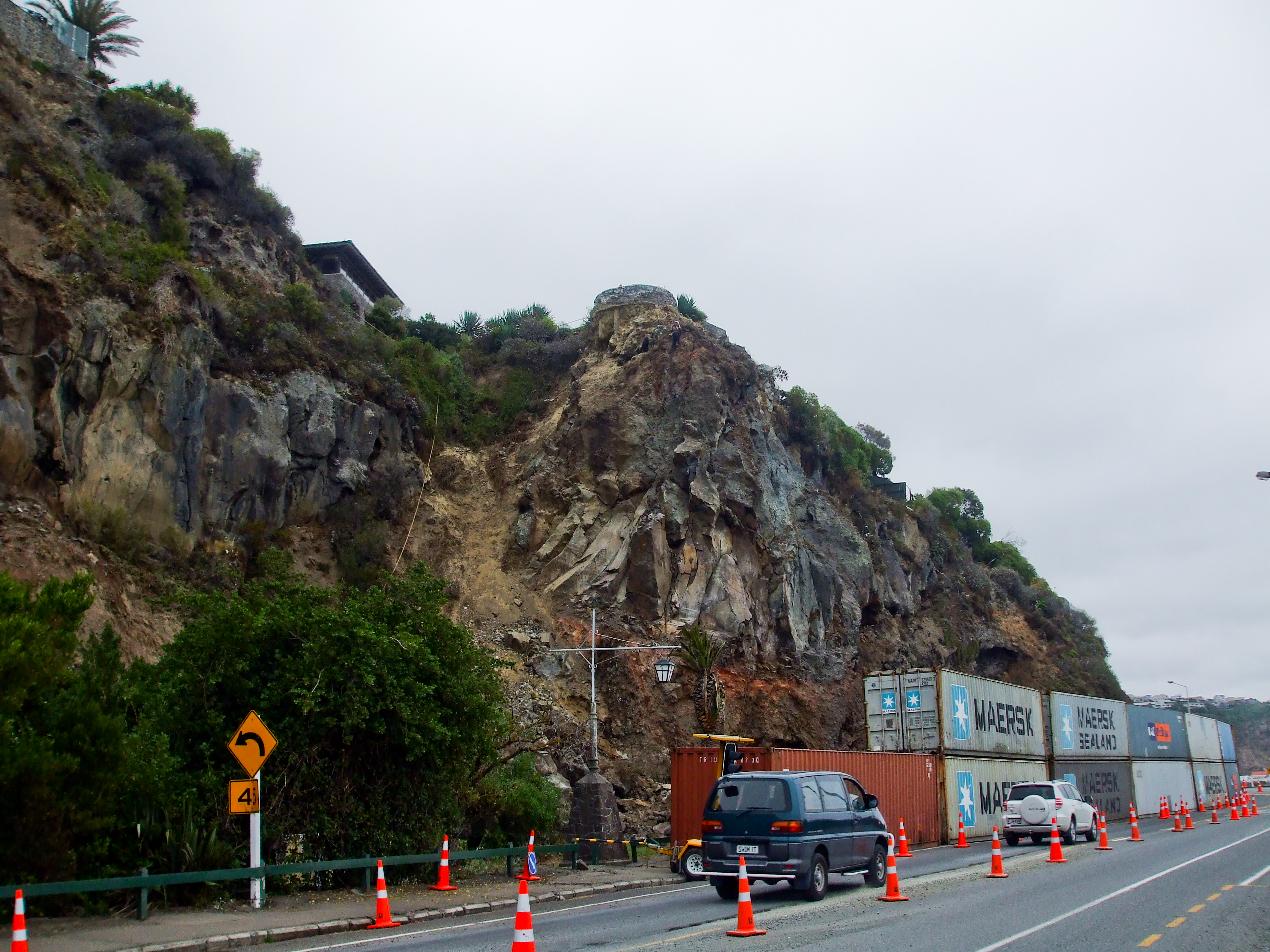 |
| Beautiful Milford Sound |
2. Size matters. It is a small country, about the size of Great Britain, so nothing is very far away. That explains all those rented camper vans on the roads! At the same time, New Zealand seems spacious because the population (4.5 million) is less than that of the Greater Toronto Area.
 |
| Wellington hillside neighbourhood |
 |
| Love those flat whites! |
5. Air. I am aware of an exotic scent the moment I get off the plane Is it the sea, the eucalyptus trees, the manuka (a scrubby tree with tiny flowers beloved of bees)? New Zealand smells like a Pacific island.
 |
| Gum tree in bloom |
6. Native bush. Walk in the New Zealand bush (i.e. woods), and it is immediately obvious that the foliage is different - semi-tropical and intensely green all year round. Depending on the time of year, ferns and palms abound, and trees burst with gaudy flowers.
 |
| Seal lion at Sandfly Beach |
7. Wildlife. Thanks to efforts to eliminate introduced predators, native birds are much more common. And because there are no native mammals, hikers will never encounter a bear or cougar on a trail, although they might meet a sea lion on the beach.
8. Maori. The Maori presence is everywhere -- in sport, schools, on TV and government signage. Place names are often in Maori/English. Example: Aoraki/Mt. Cook.
 |
| "The window on the wide world' |
10. Restrained materialism. Island life far away in the South Pacific means that Kiwis are still unable to purchase every little thing that is available in North America. There is no Ikea. No Target. No Ben and Jerry's. It makes for a somewhat simpler lifestyle where the occasional luxury really is special.
One More! It's the important one.
11. Kiwis. New Zealanders are fabulous -- friendly, kind, witty, and down to earth. Even people who have never visited New Zealand seem to know this, but we know it for sure because our friends embody these qualities in spades. They are all such fun to visit and so generous. "What? The airport is closed because of fog? Come on back and stay with us as long as you want....!" And we did.
Bless them.
And now, for me, it's back to the business of being retired: Retirement is Work












































